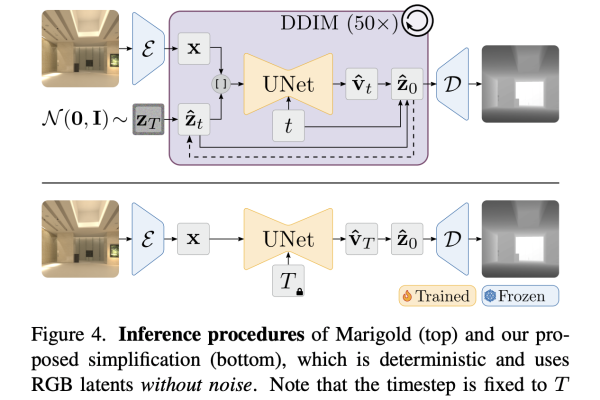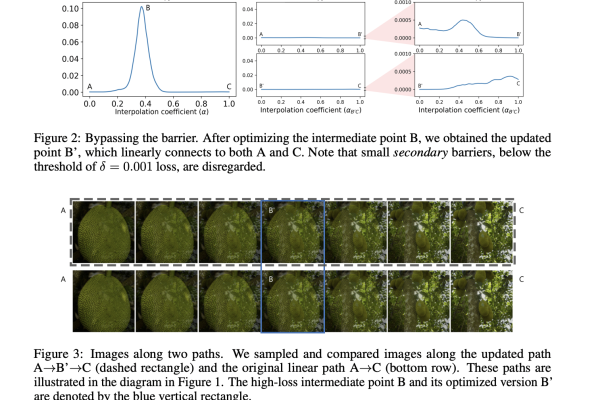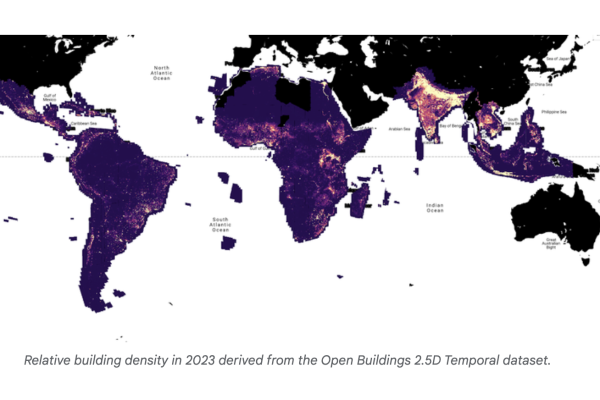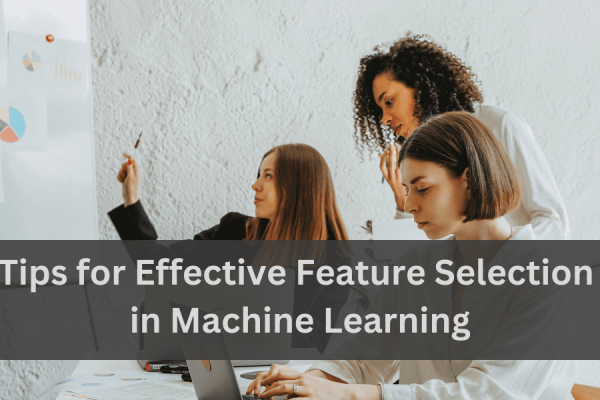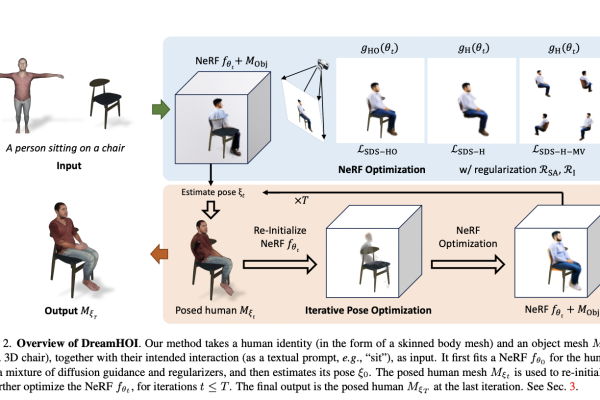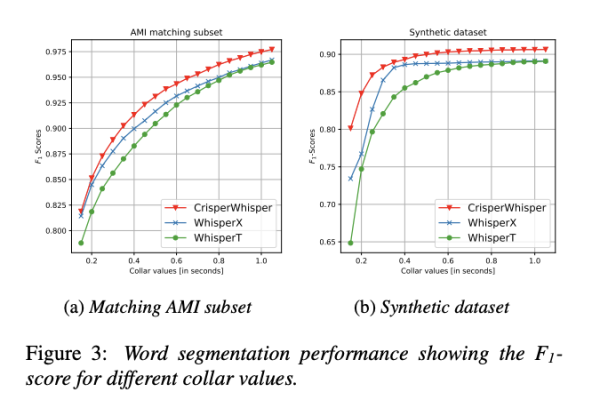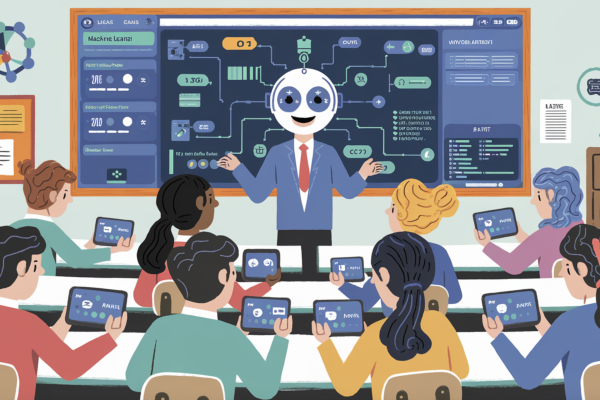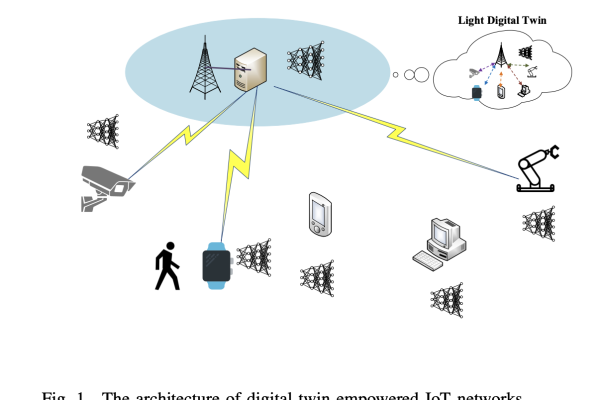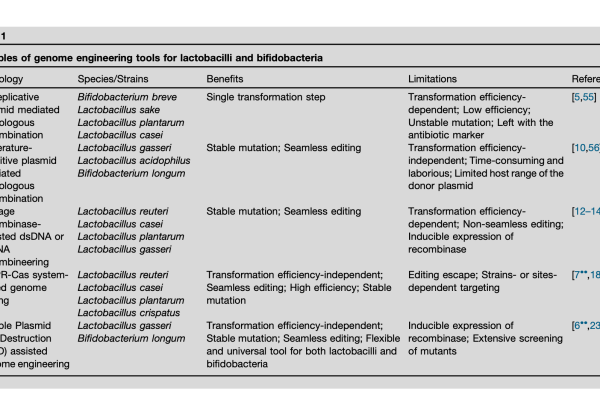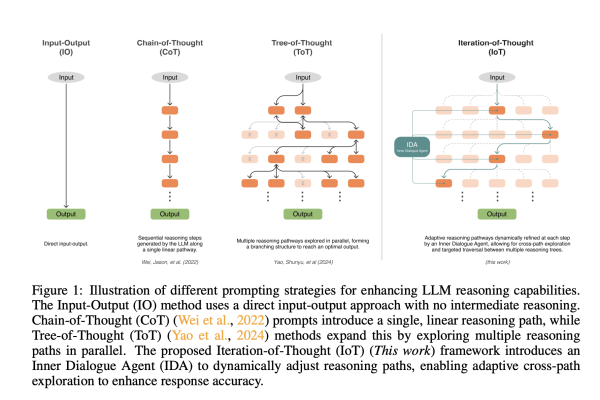
Iteration of Thought: An AI Framework for Enhancing LLM Responses by Generating “thought”-Provoking Prompts
Large Language Models (LLMs) have revolutionized natural language processing, enabling AI systems to perform a wide range of tasks with remarkable proficiency. However, researchers face significant challenges in optimizing LLM performance, particularly in human-LLM interactions. A critical observation reveals that the quality of LLM responses tends to improve with repeated prompting and user feedback….





